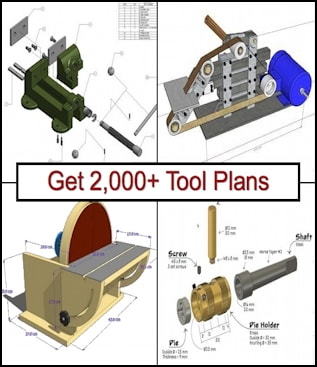
Originally Posted by
justinsane

This concept is pretty good in that the compressor is really quiet.
However, I watched this entire video to see what all was included.
I am by trade an air compressor service technician (12 years) and DOE Qualified Air Master (10 years) as well as being universal certified refrigeration tech (20 years).
Of the maintenance operations you performed in this video, the only ones I would recommend are the oil check/top off and the filter element change(however certainly not after only 10 hours of operation unless it was contaminated, in which case you've got bigger problems).
The tank should be mounted vertically and a drain of some type placed at the bottom, be it a float drain, an auto drain or just a ball valve that you use to drain the tank after each use.
Also I would increase the size of the tank to store more air and consider using a compressor that is designed for a refrigerant other than 134a so you can increase the tank pressure without over amping. 407c or 404a could give you significant pressure increase if you use a tank, and all the other components(PRV regulator tubing etc) rated for 250 psi you can store more usable compressed air.
Also if you need more than one (substantially different) pressure output I would recommend multiple regulators rather than repeatedly adjusting the single unit.
I would never recommend disassembling a regulator unless it is not working properly(on that note I wouldn't disassemble any of the unit unless it isn't working properly.
Based on the life expectancy of the compressor the other components will likely out live it with no maintenance at all.
All of that said, to which I hope you don't take offence, I like the idea and may some day build one.
If I do I'll most certainly attempt to add oil separation, to both retain the oil in the unit reducing maintenance as well as prevent the oil from contaminating the air system. I would also at least broach the topic of cooling so as to extend the duty cycle and the life expectancy. Though not sure how at this time.


 LinkBack URL
LinkBack URL About LinkBacks
About LinkBacks


 Reply With Quote
Reply With Quote



Bookmarks